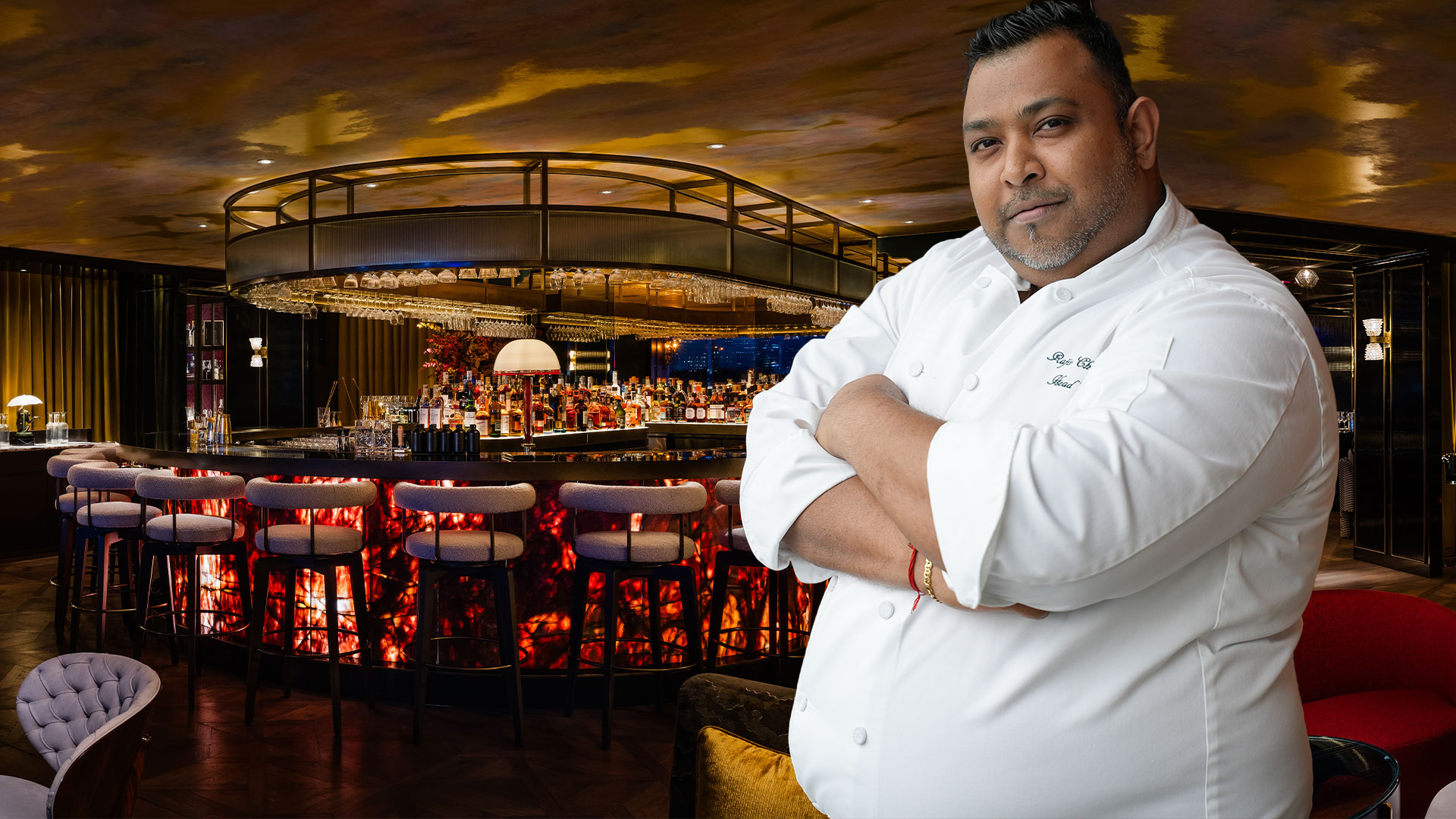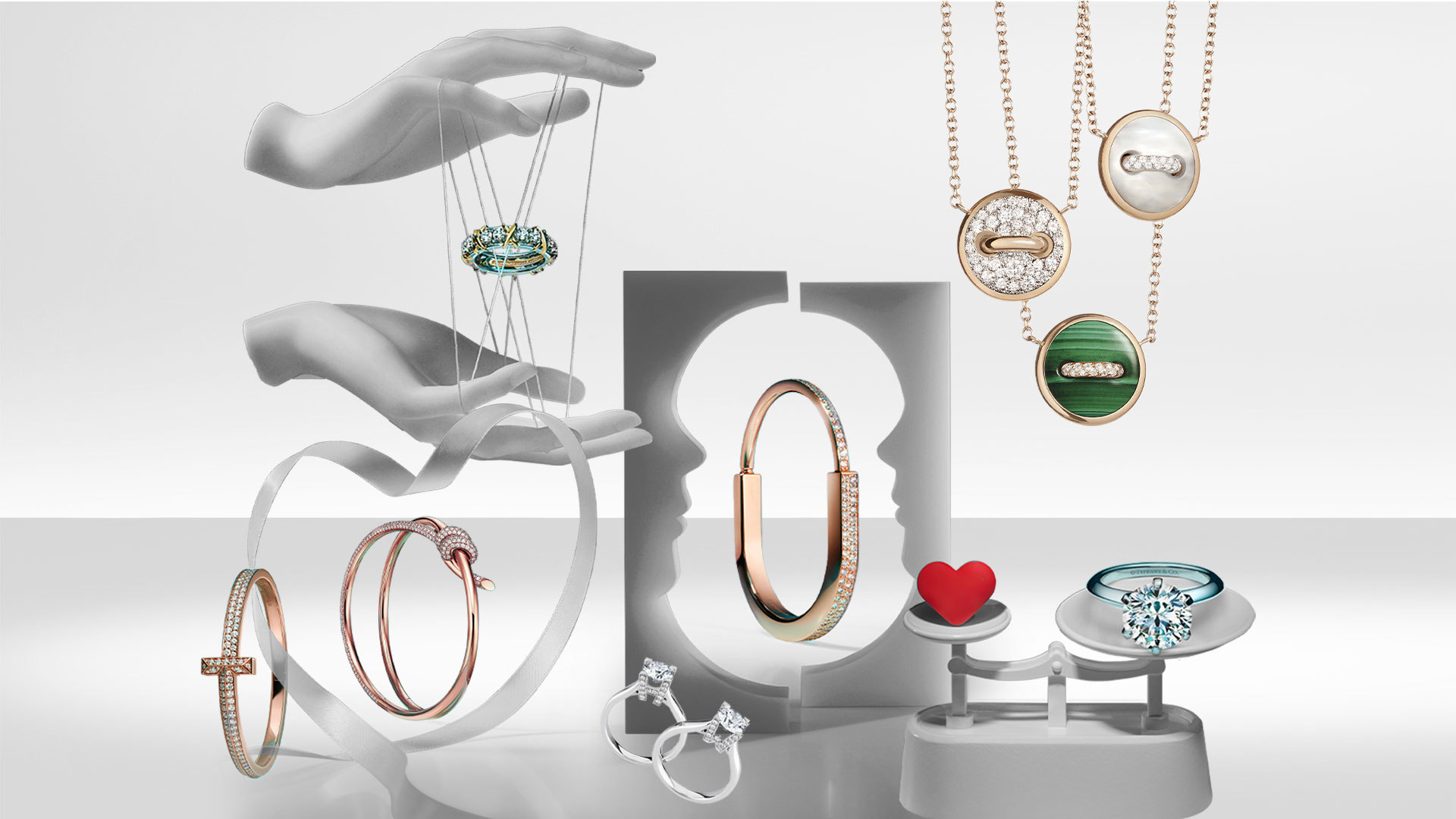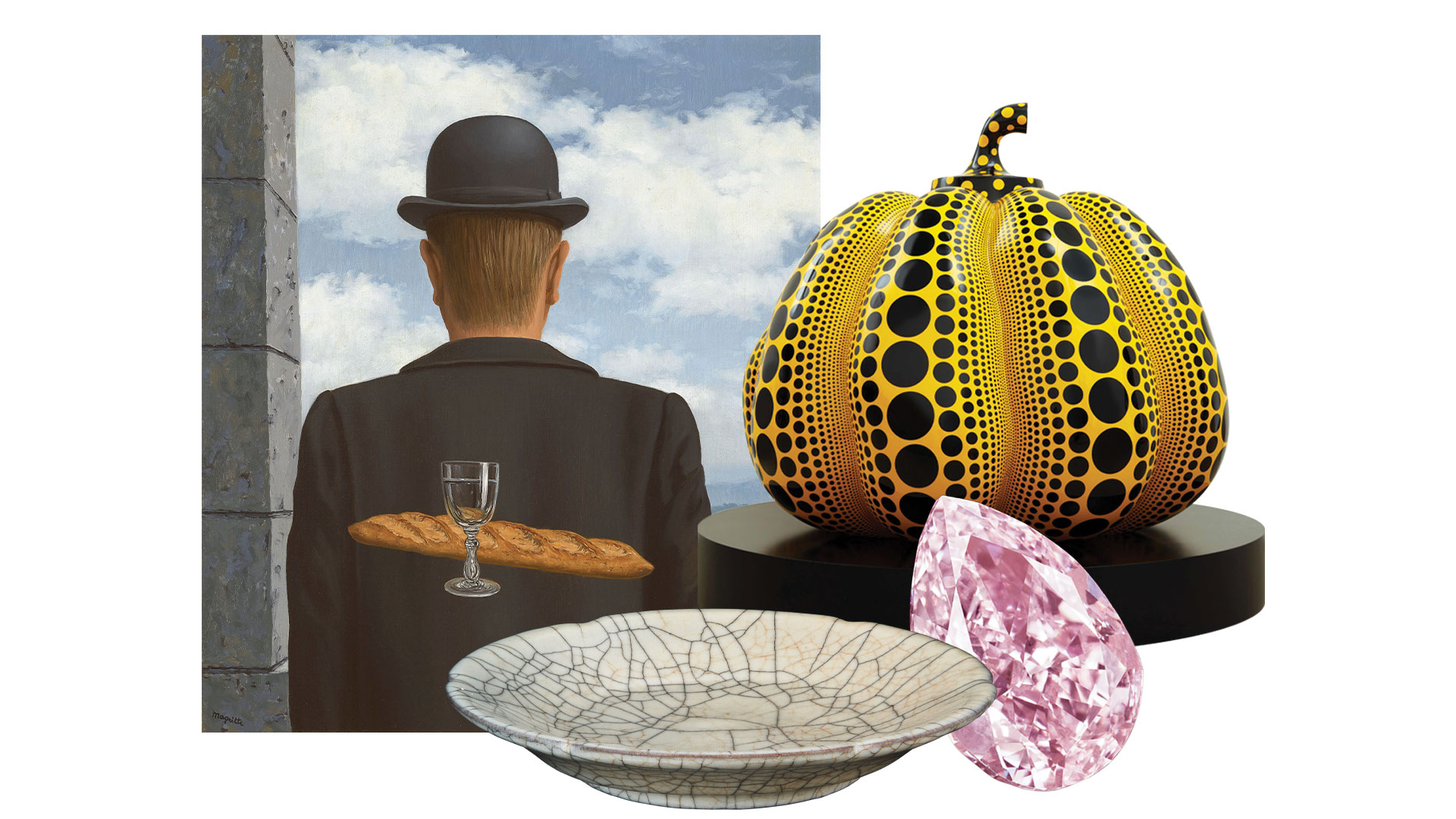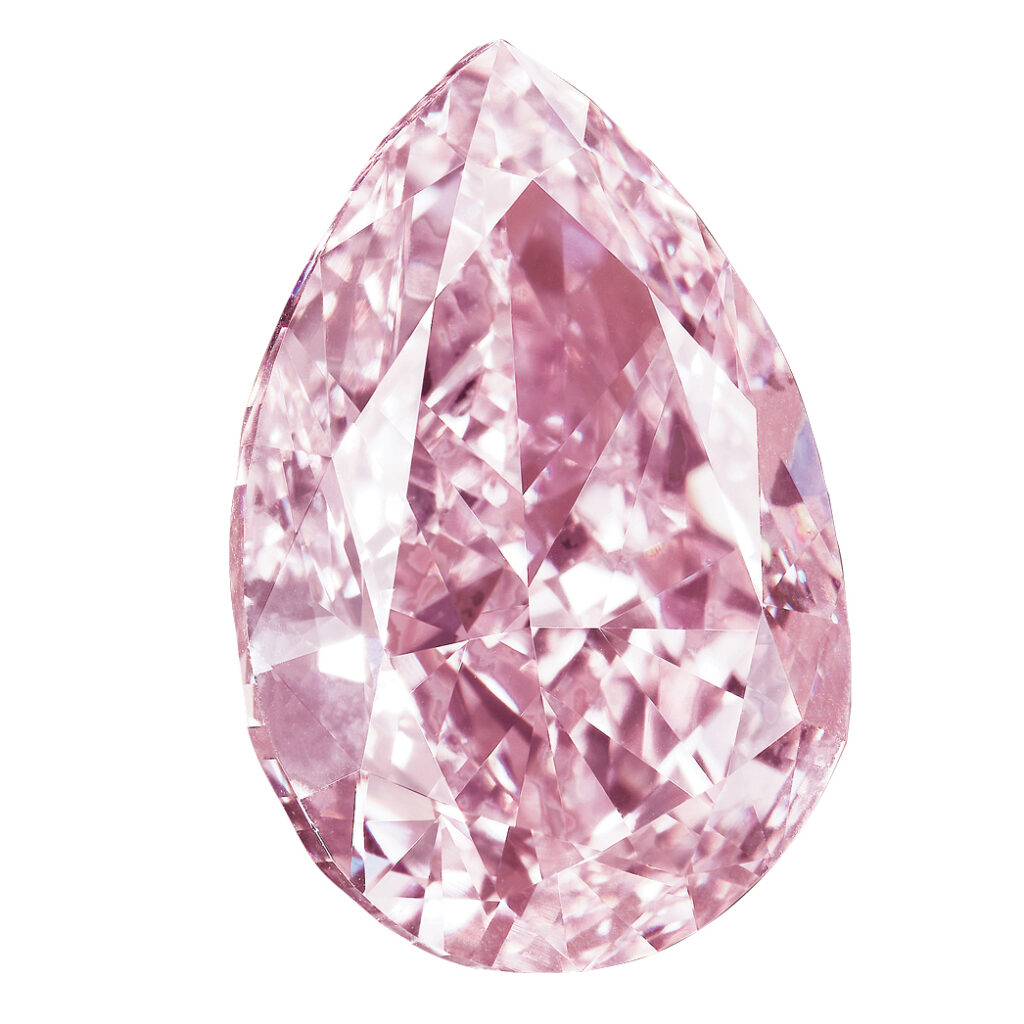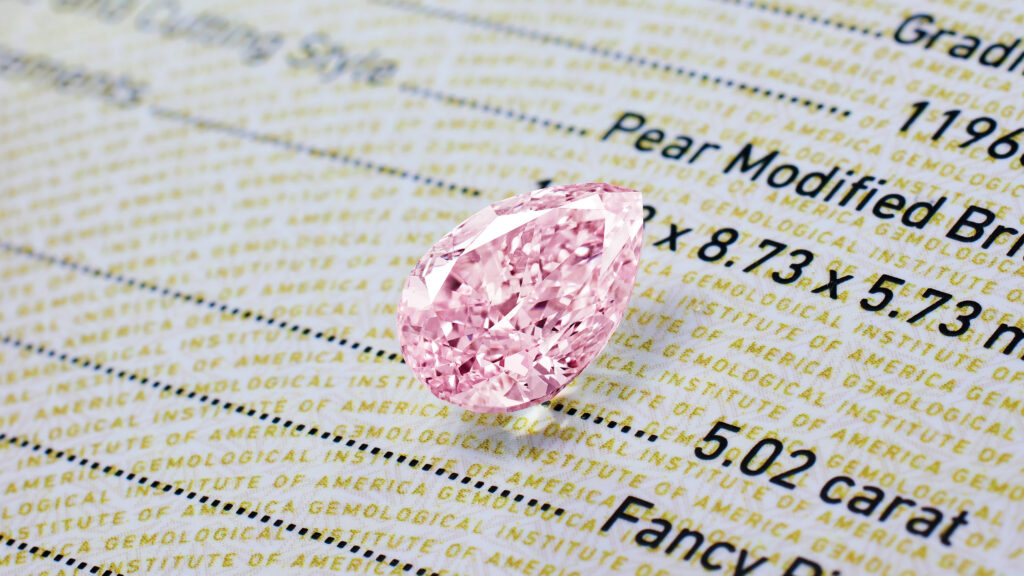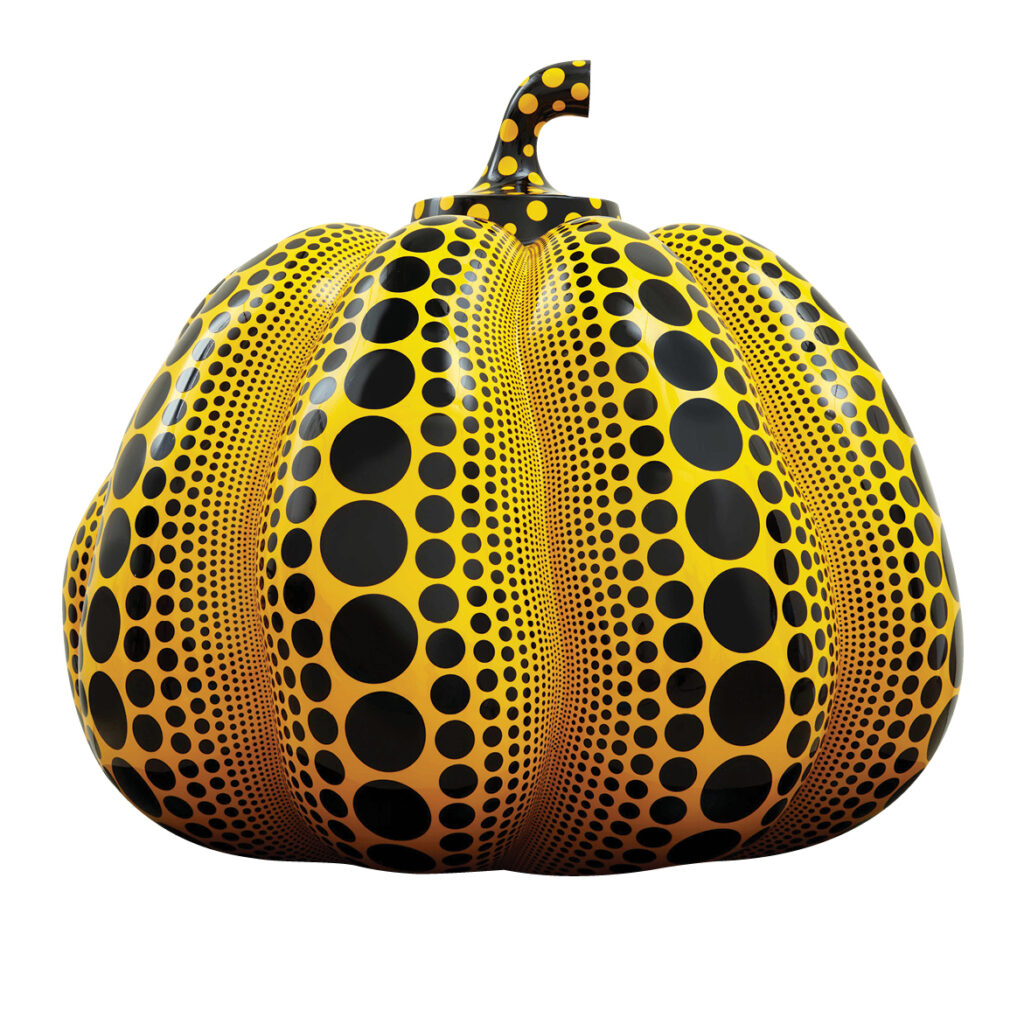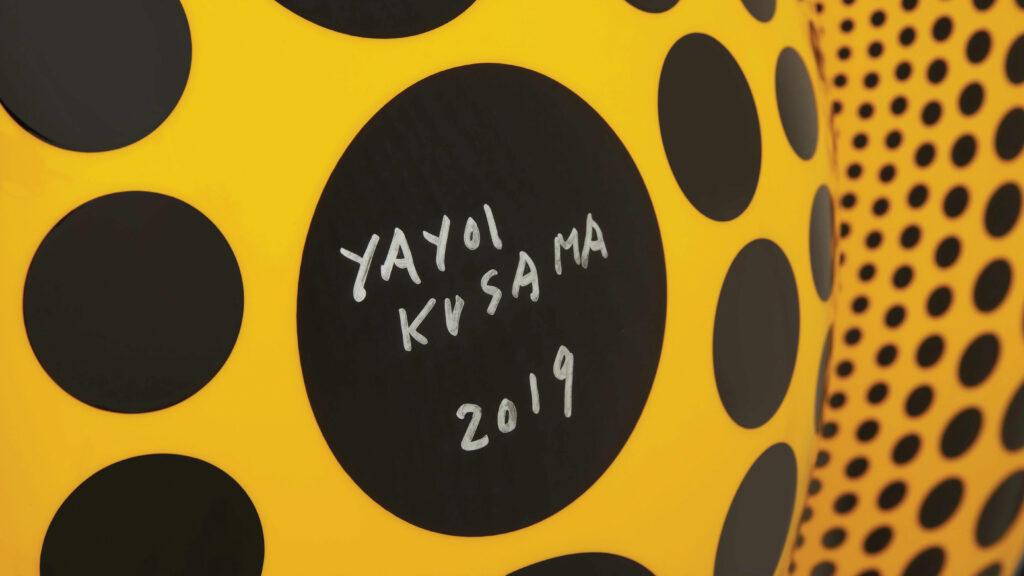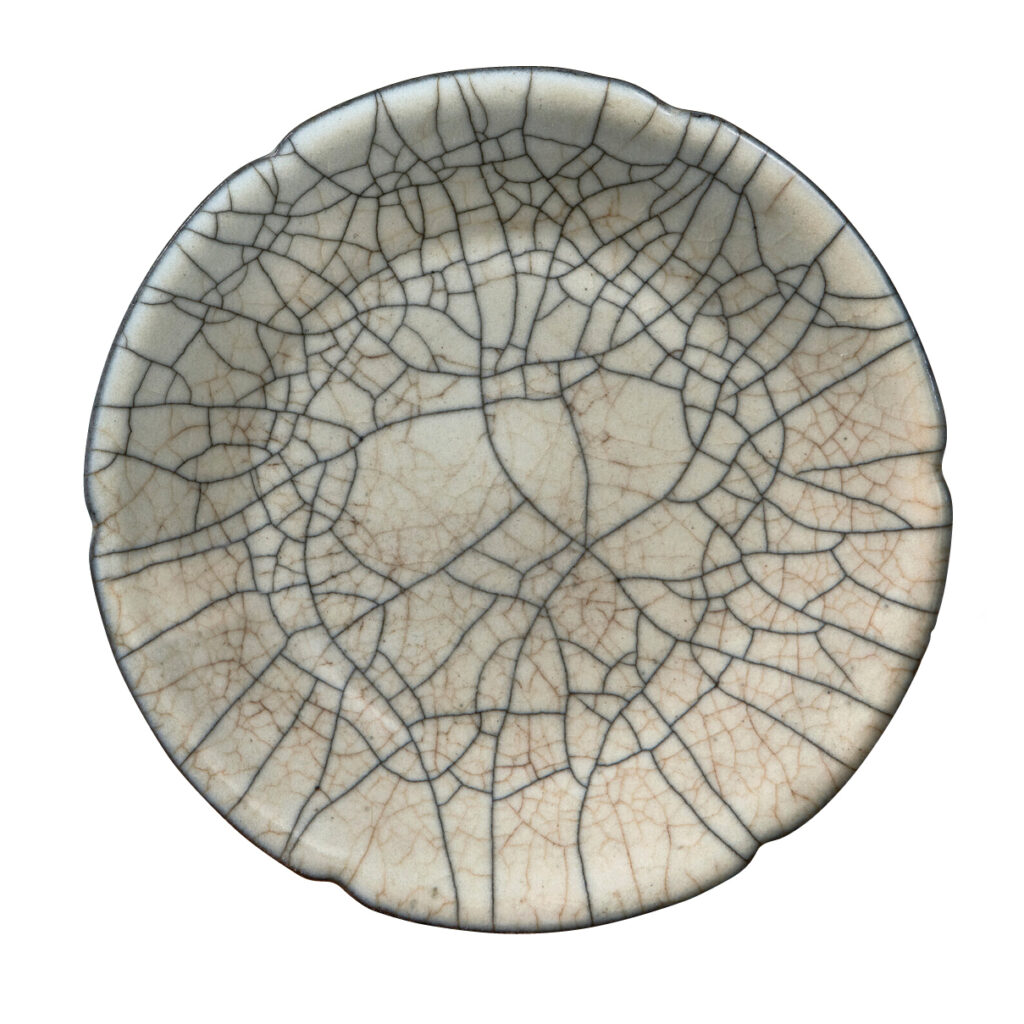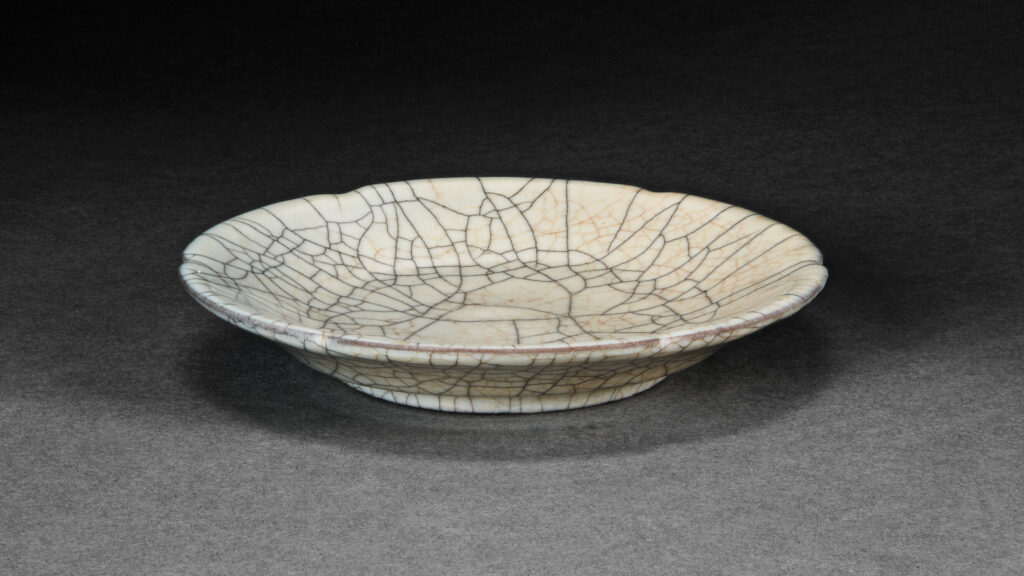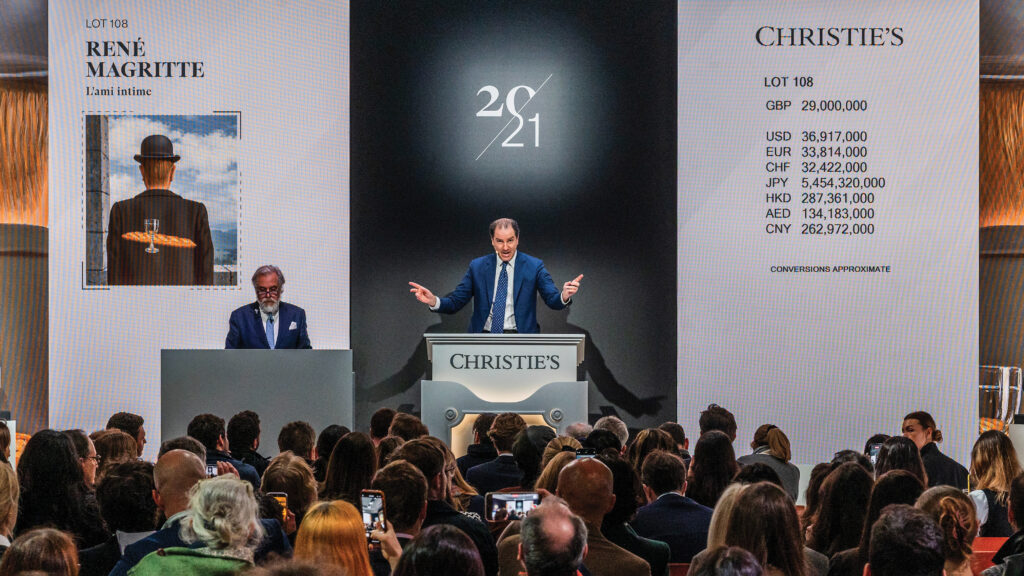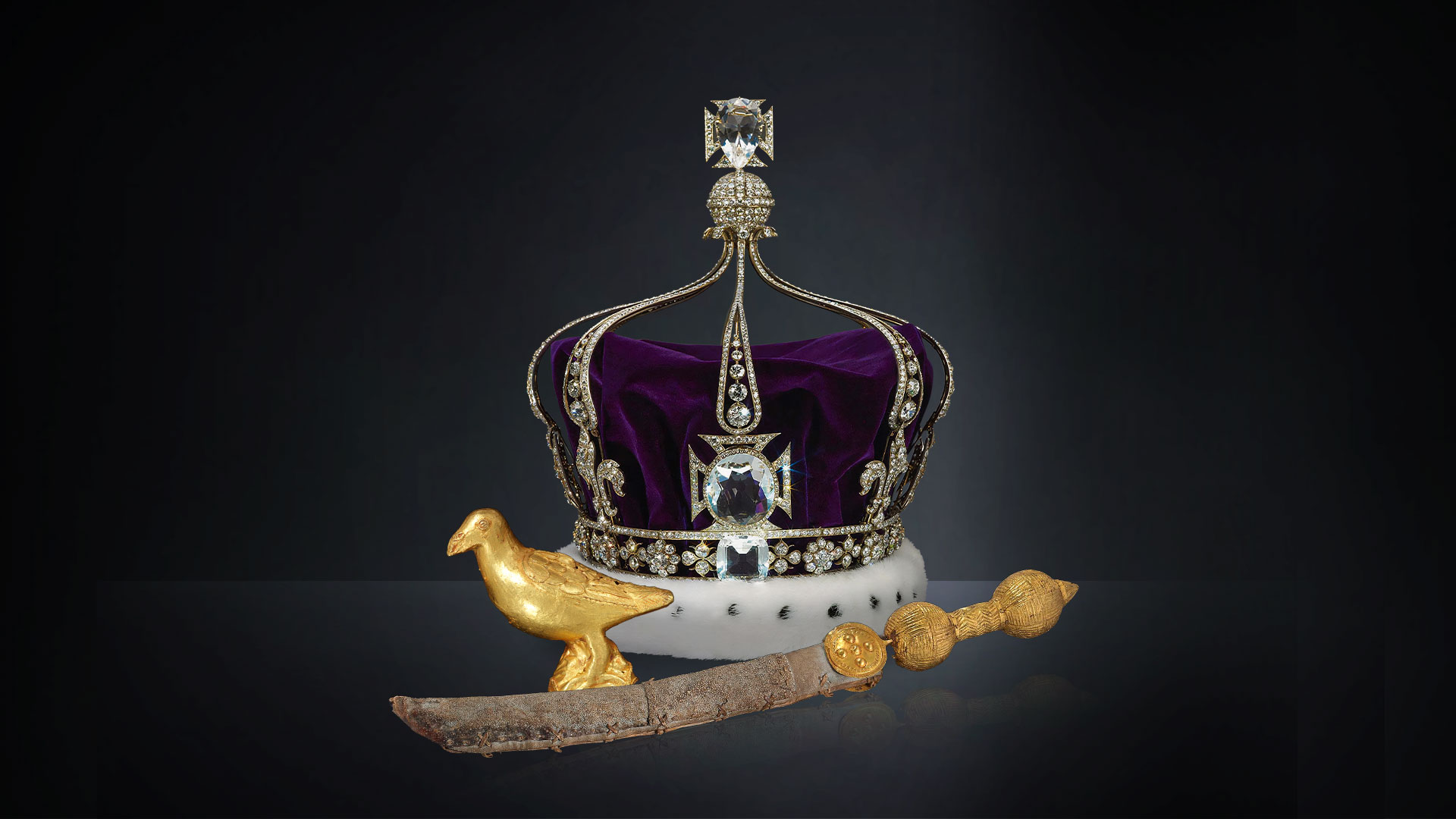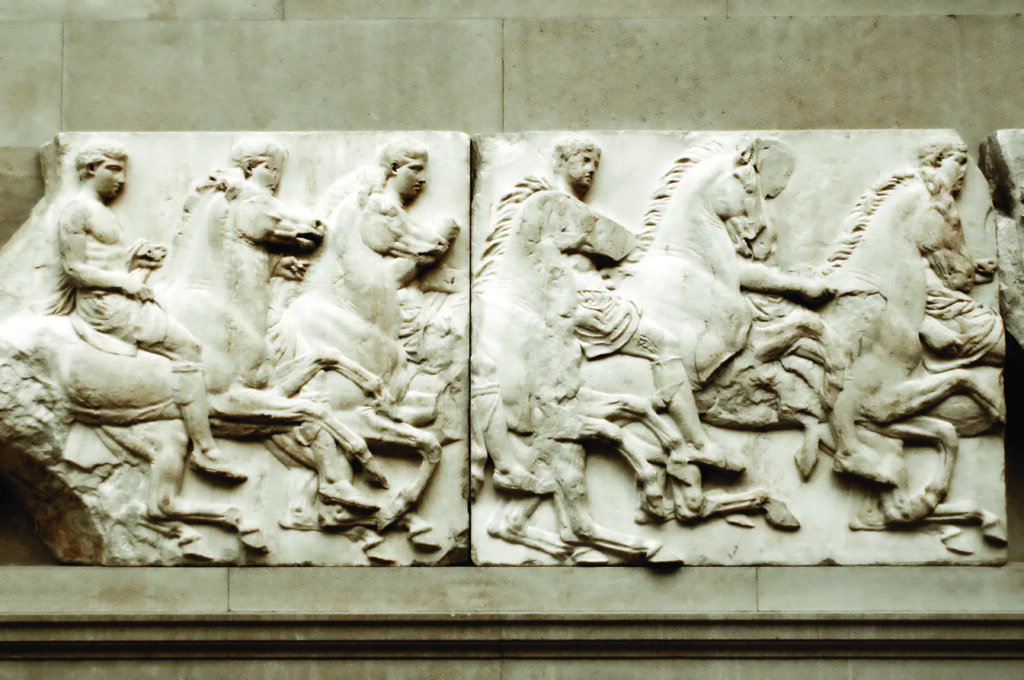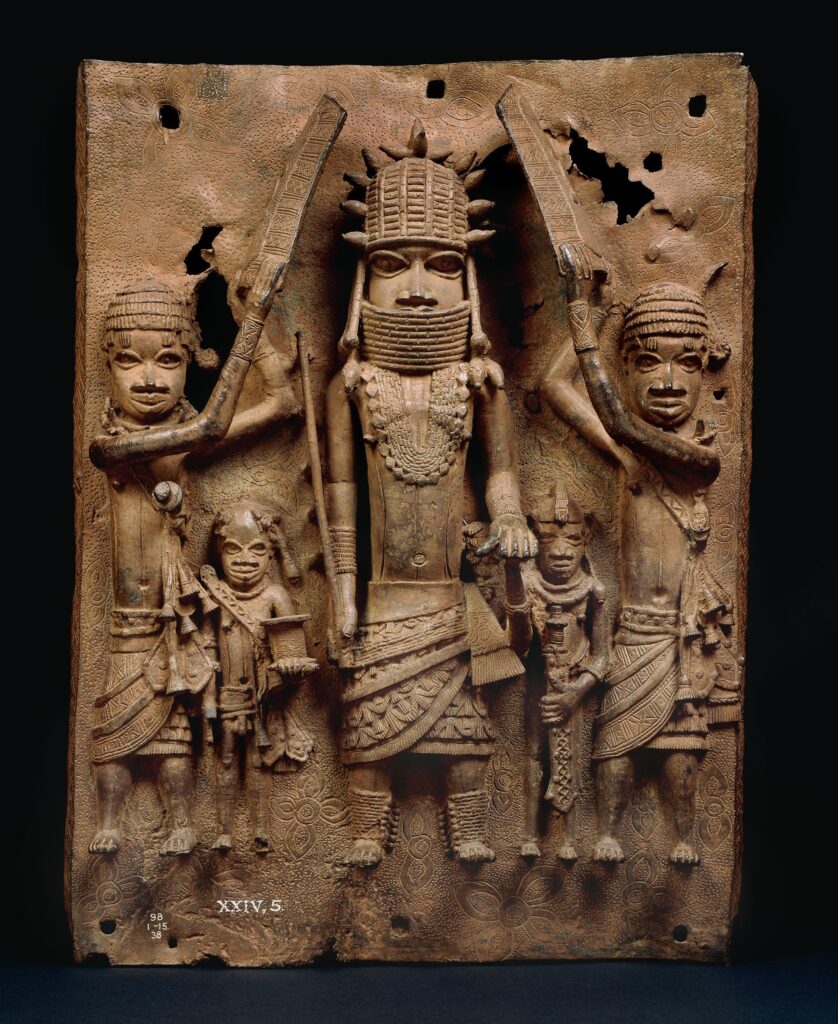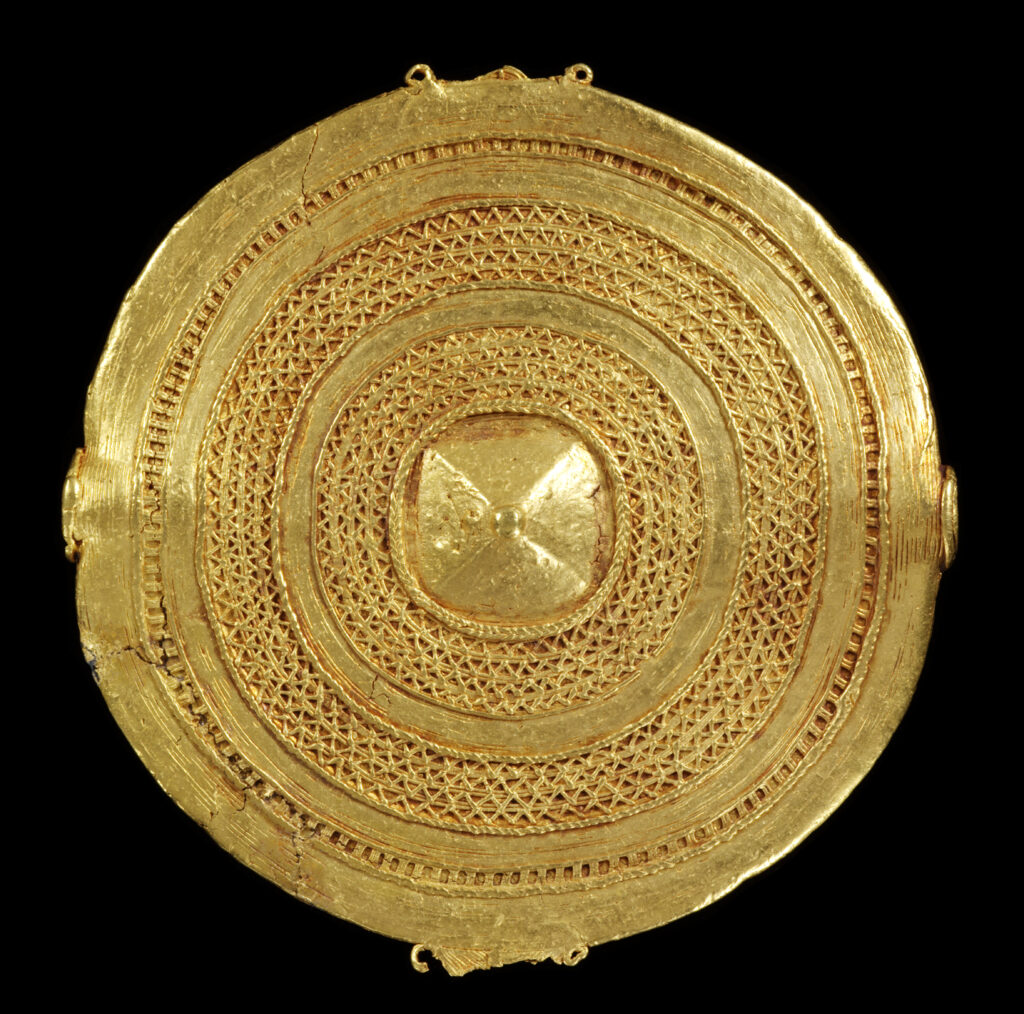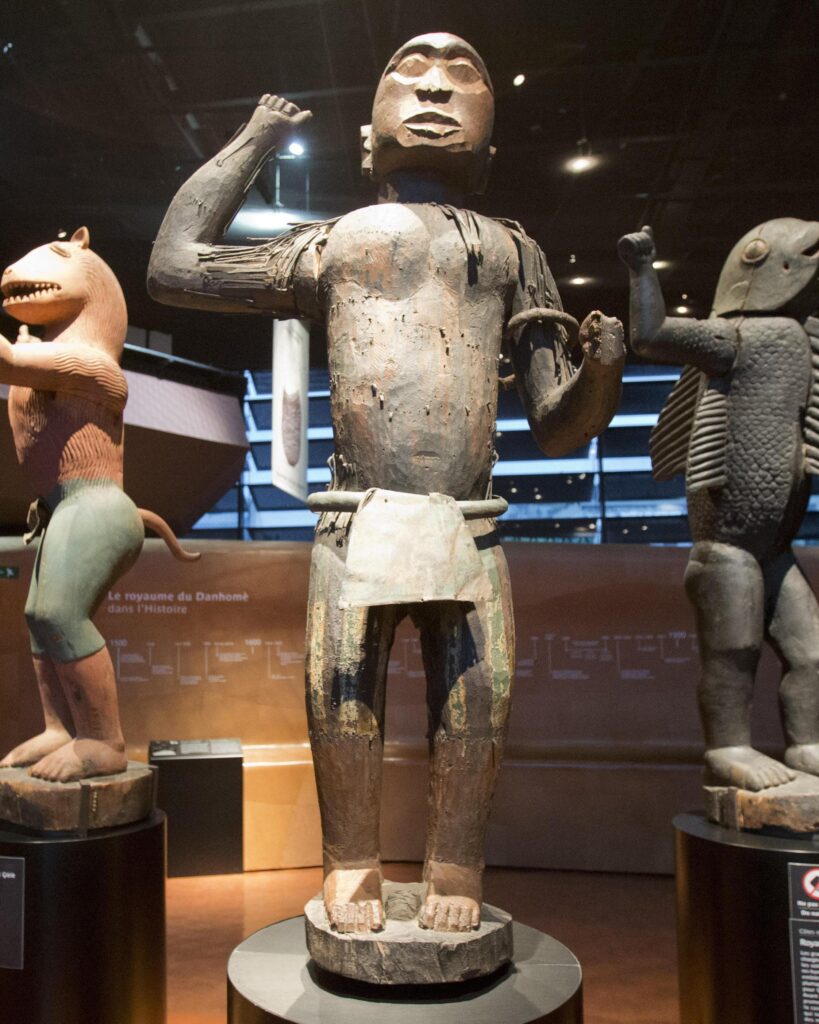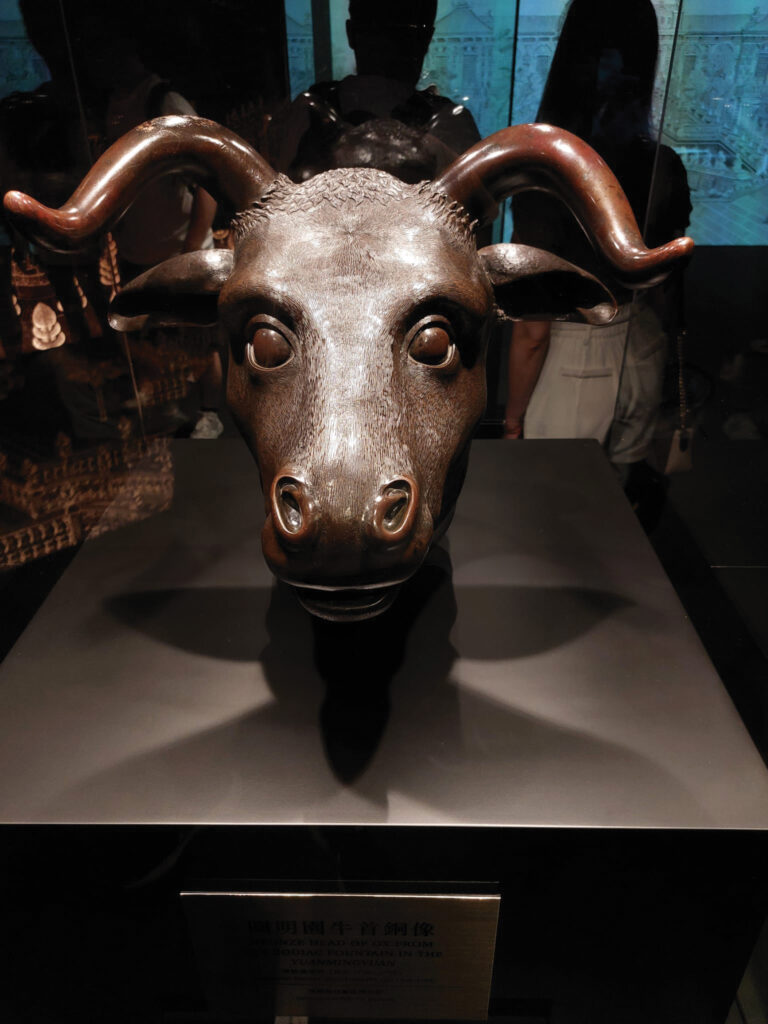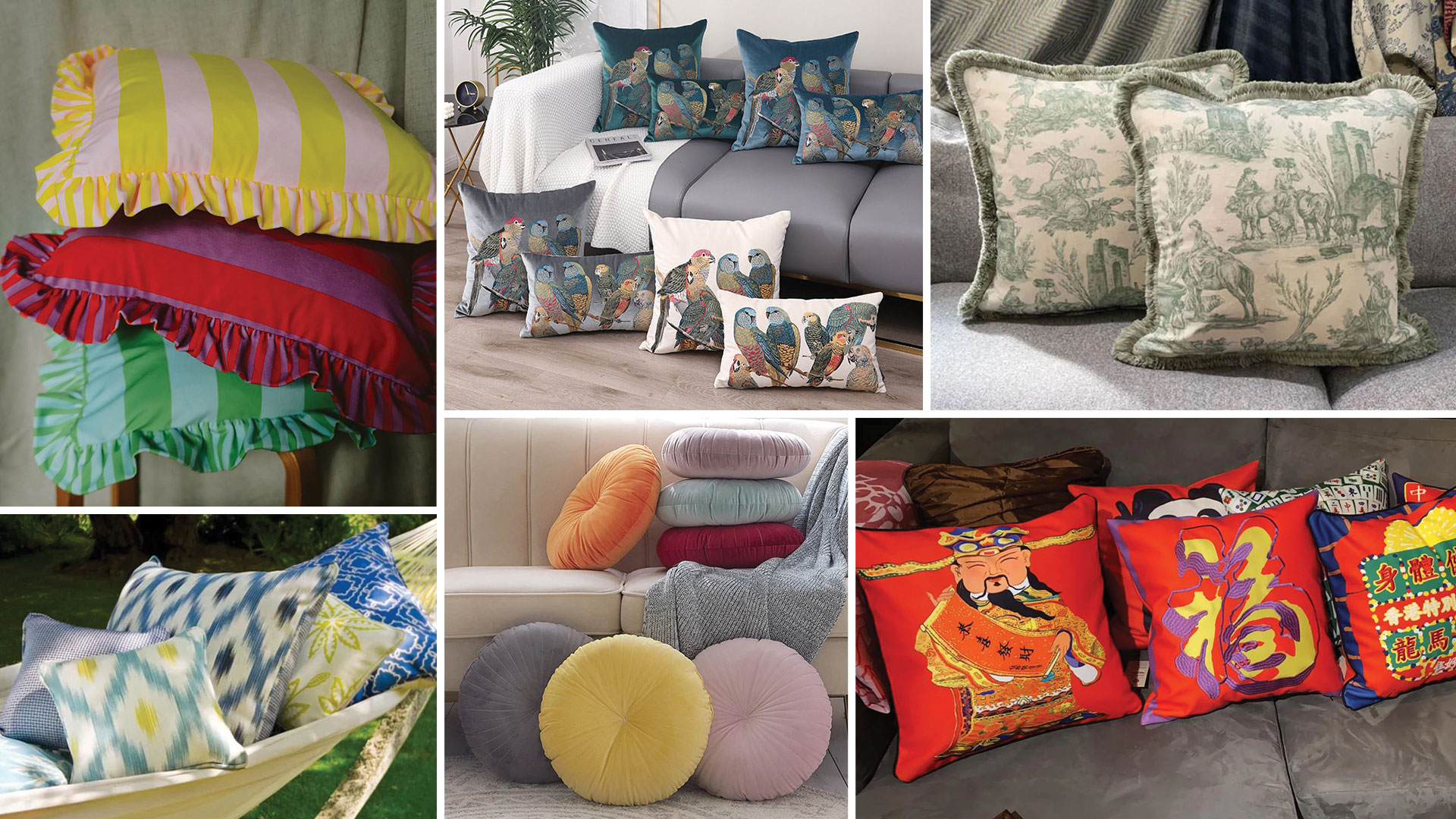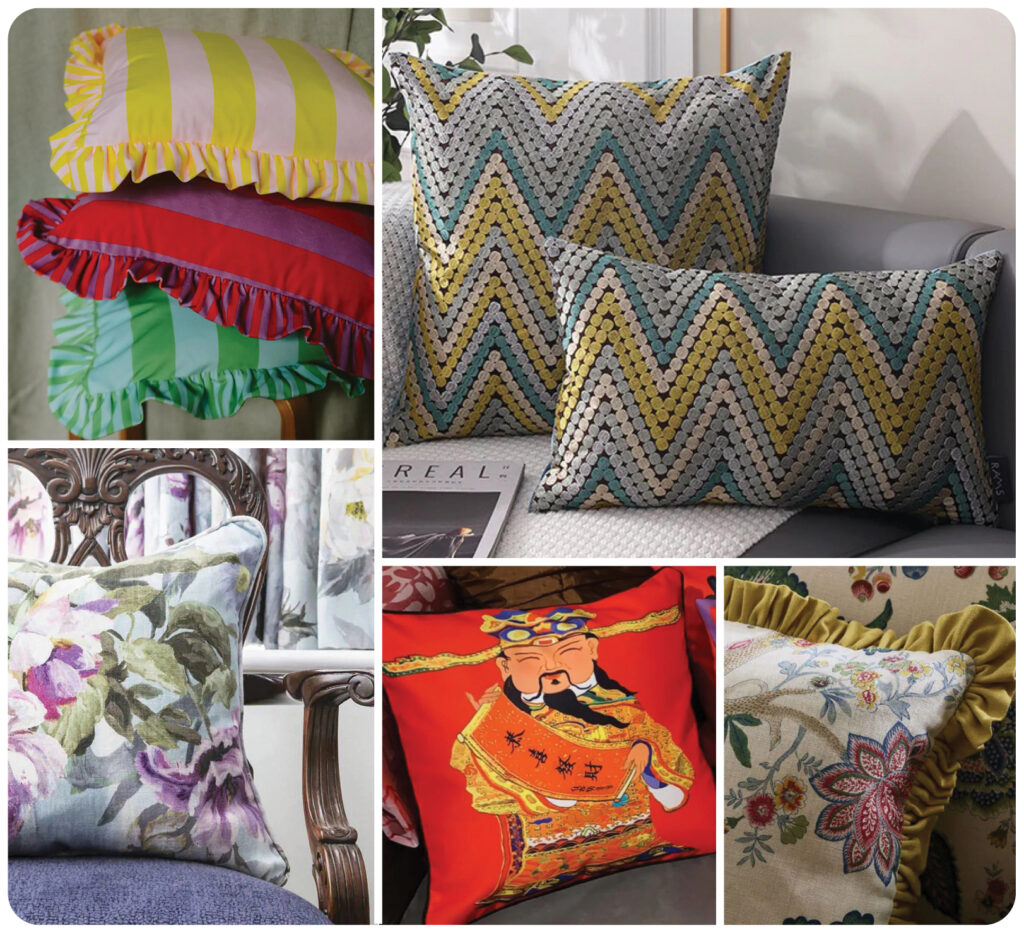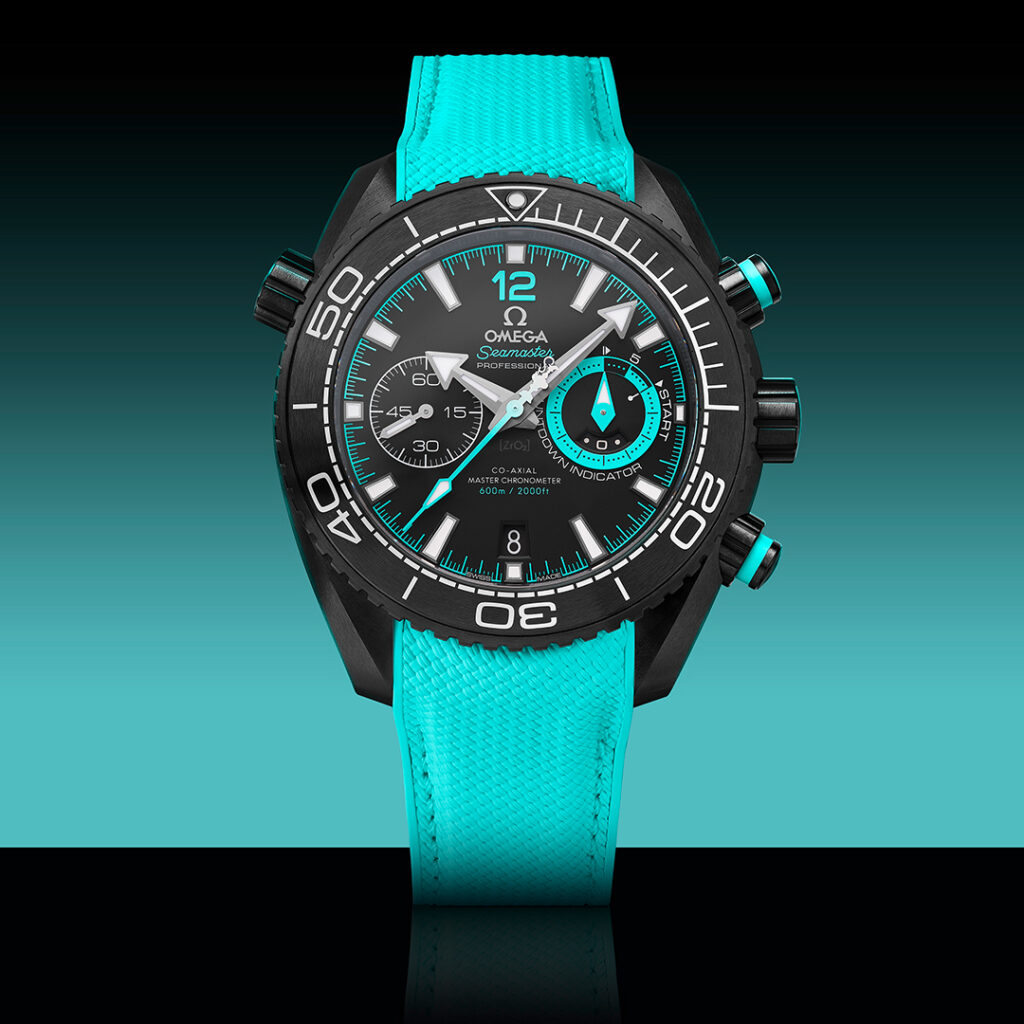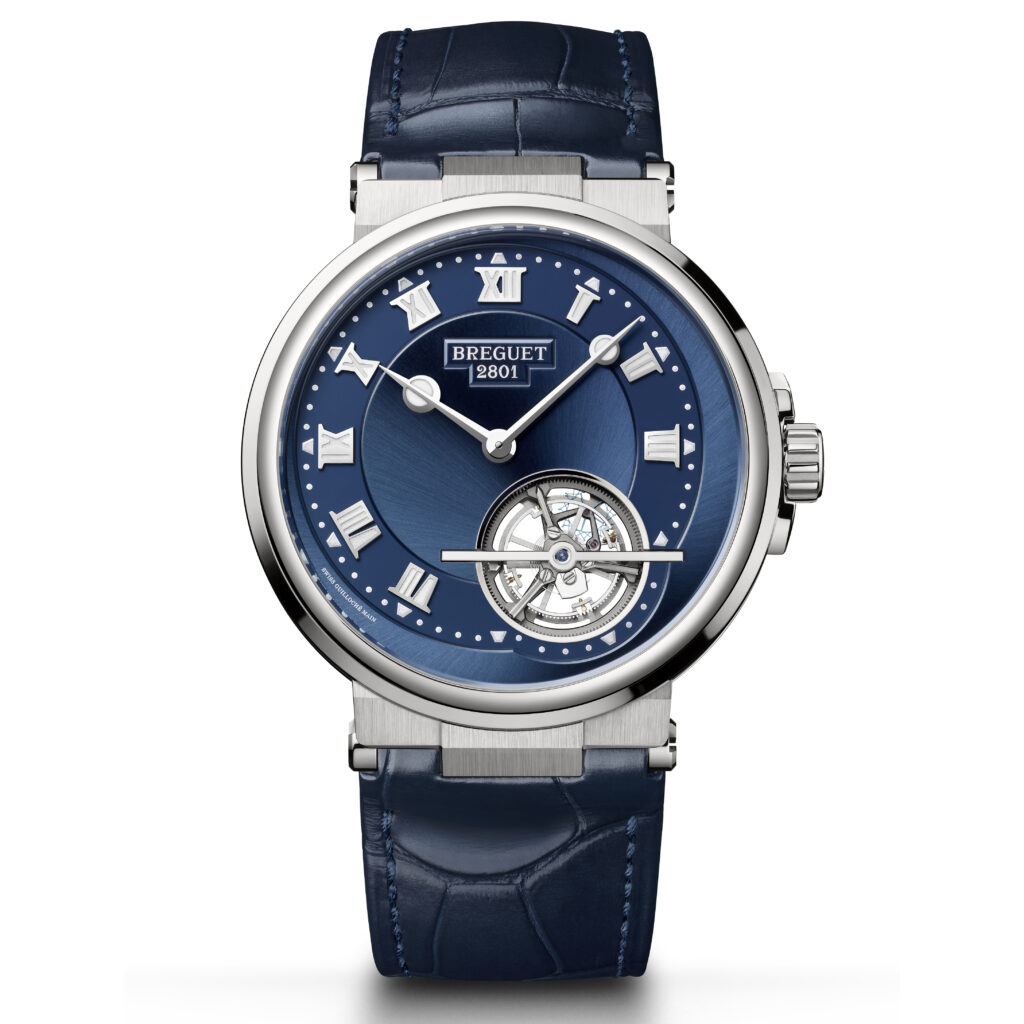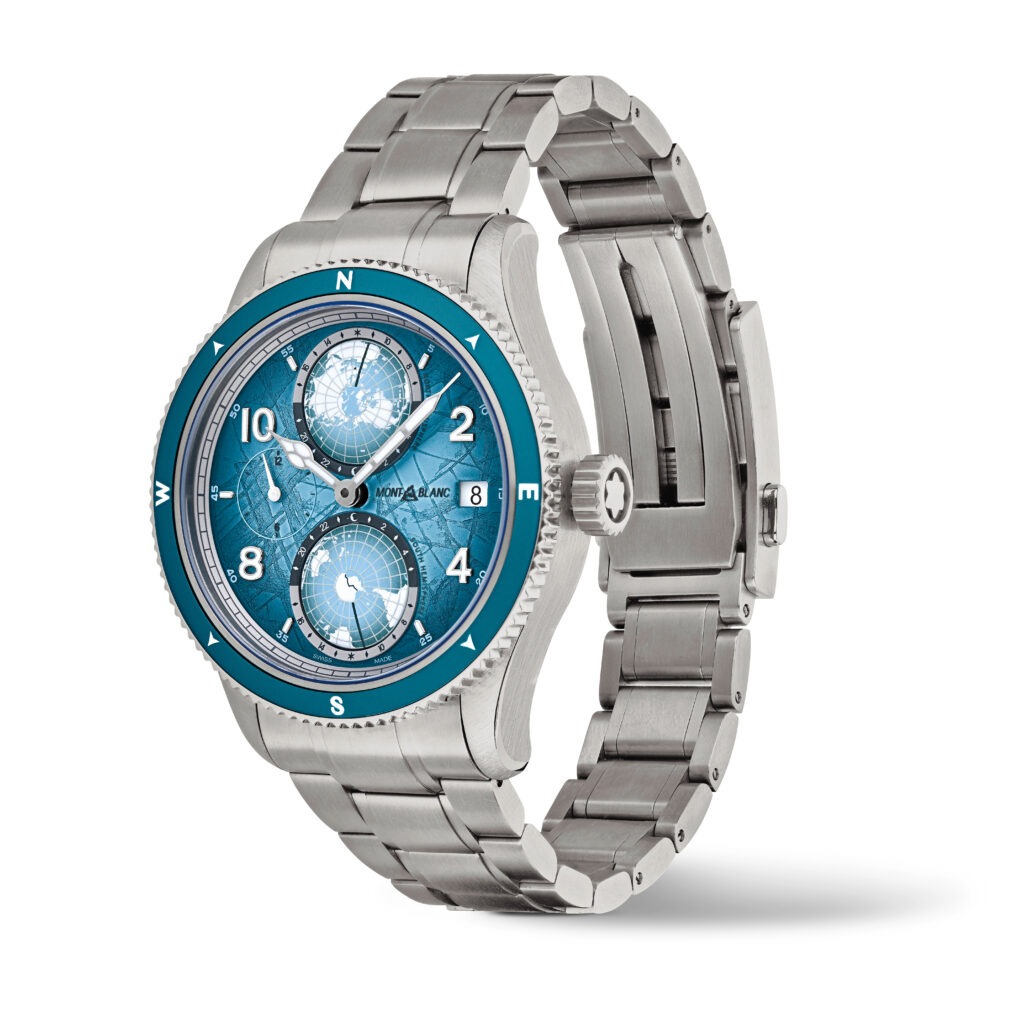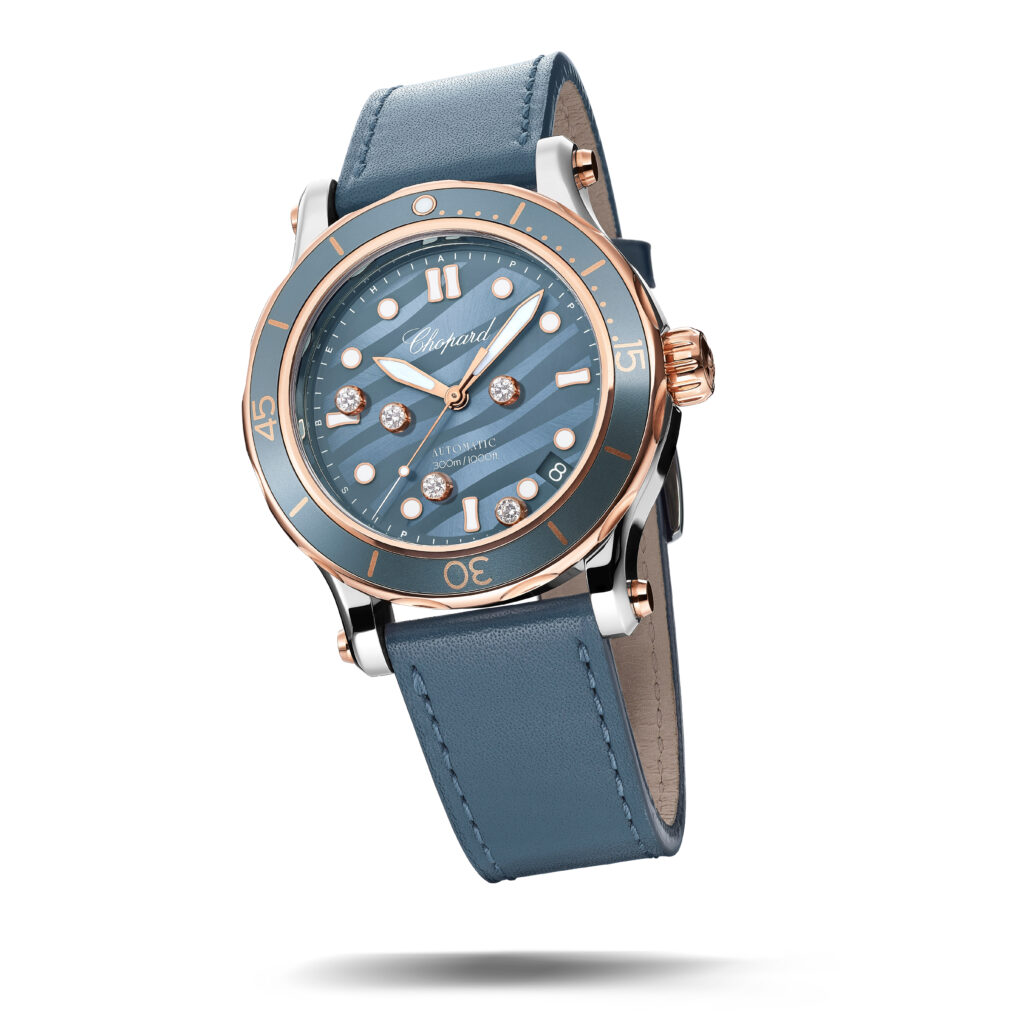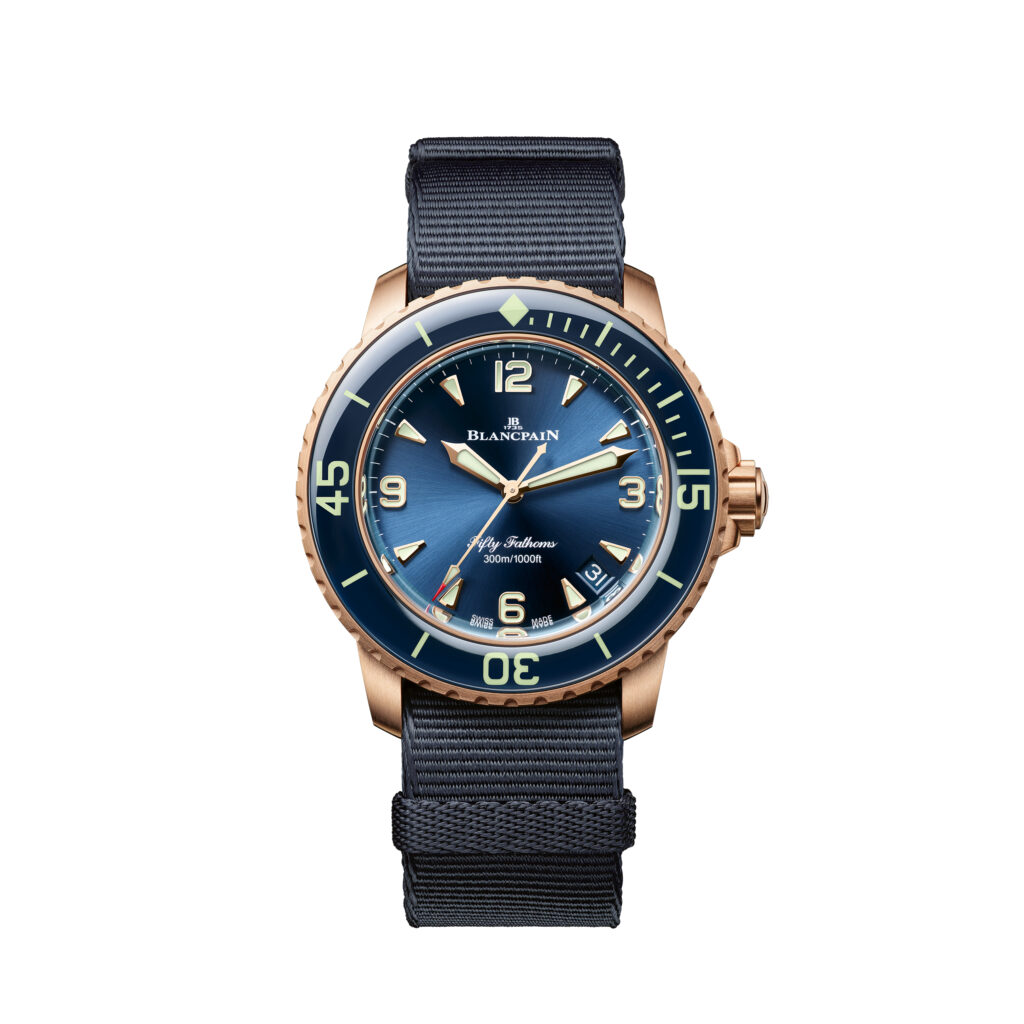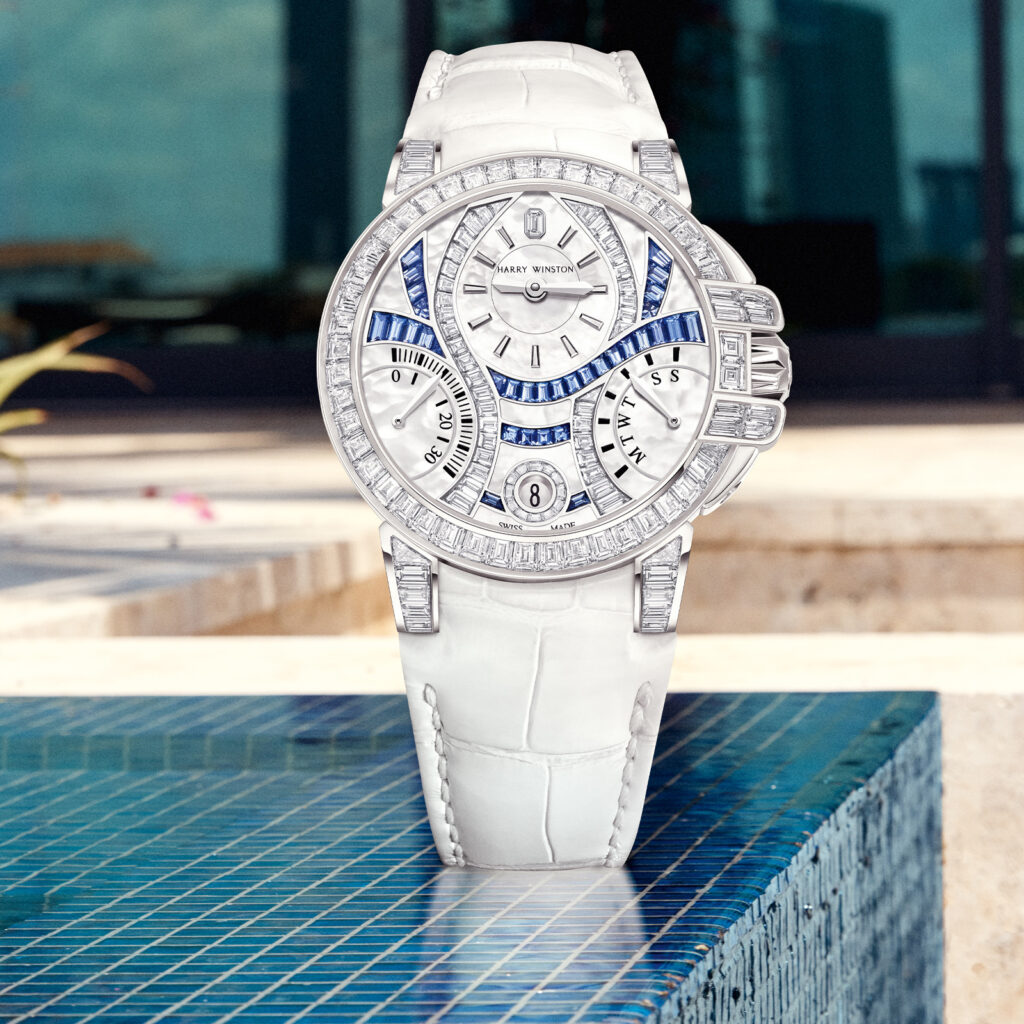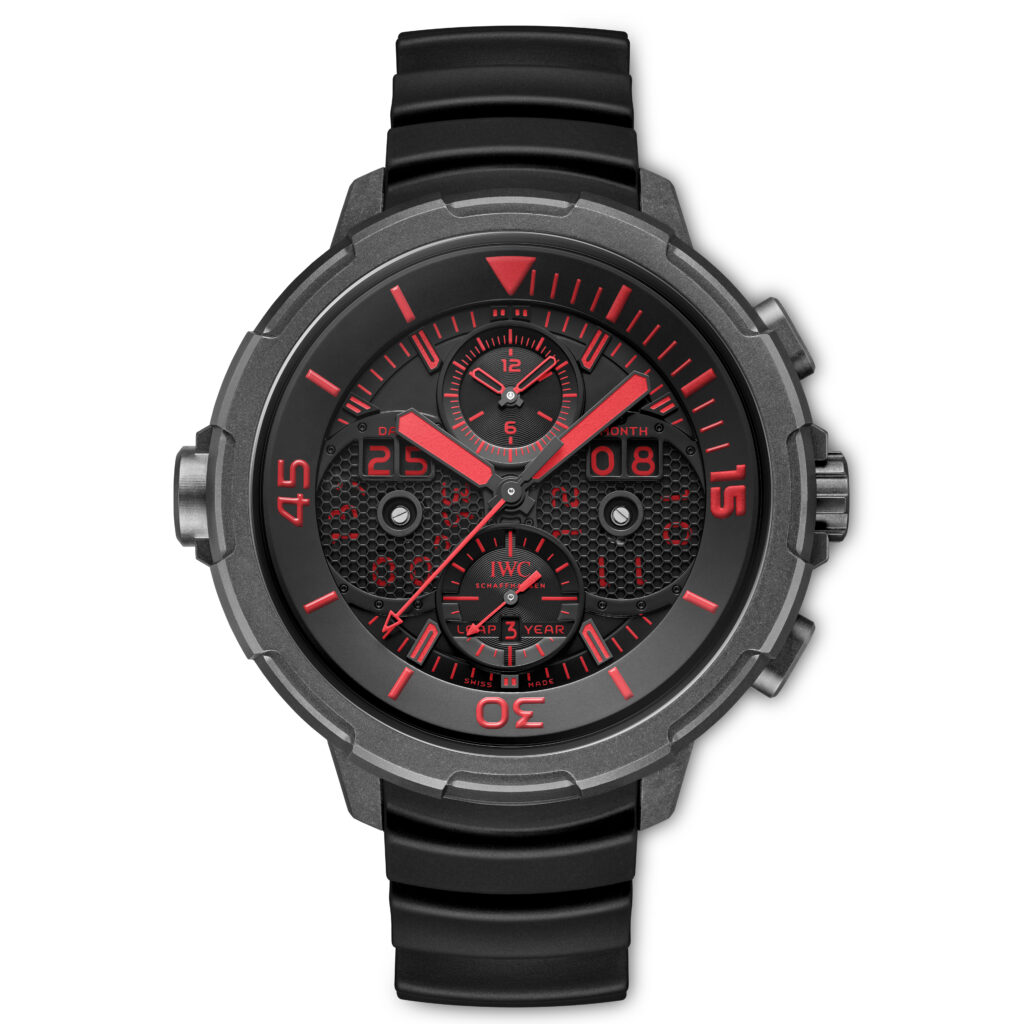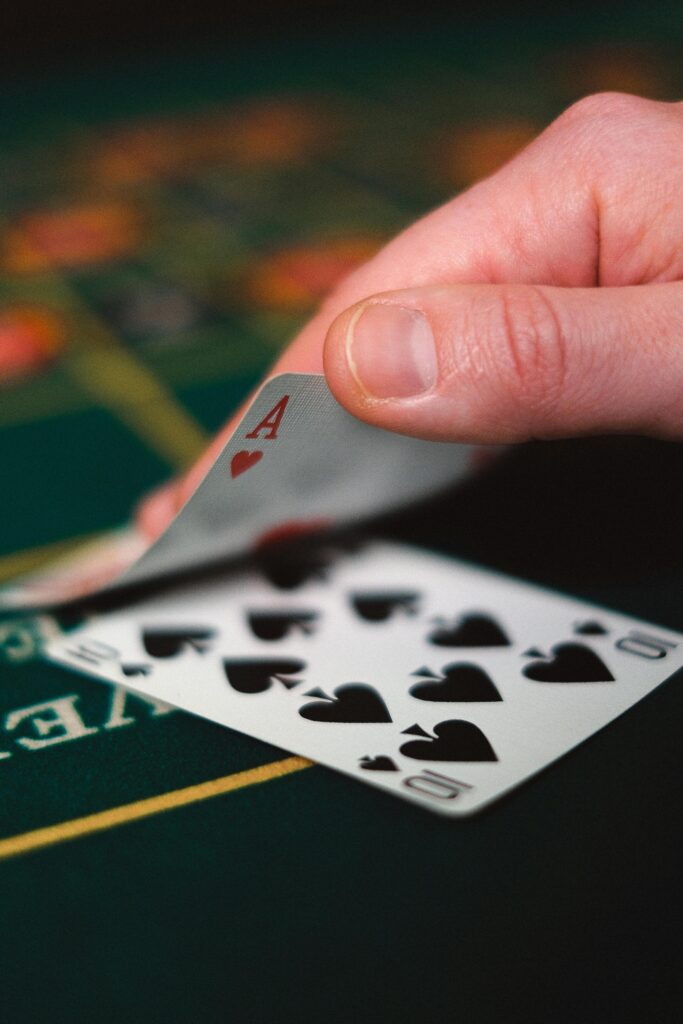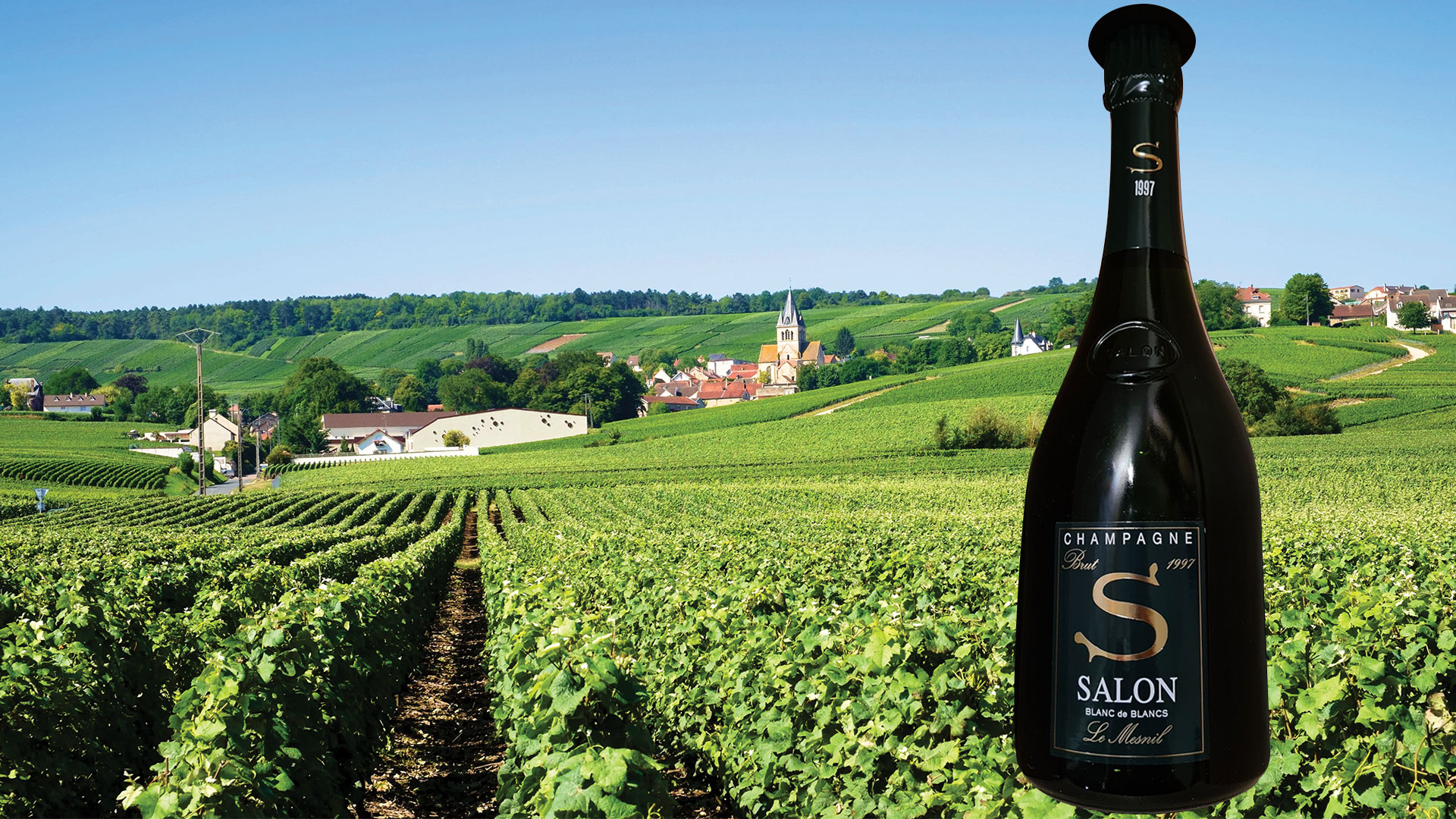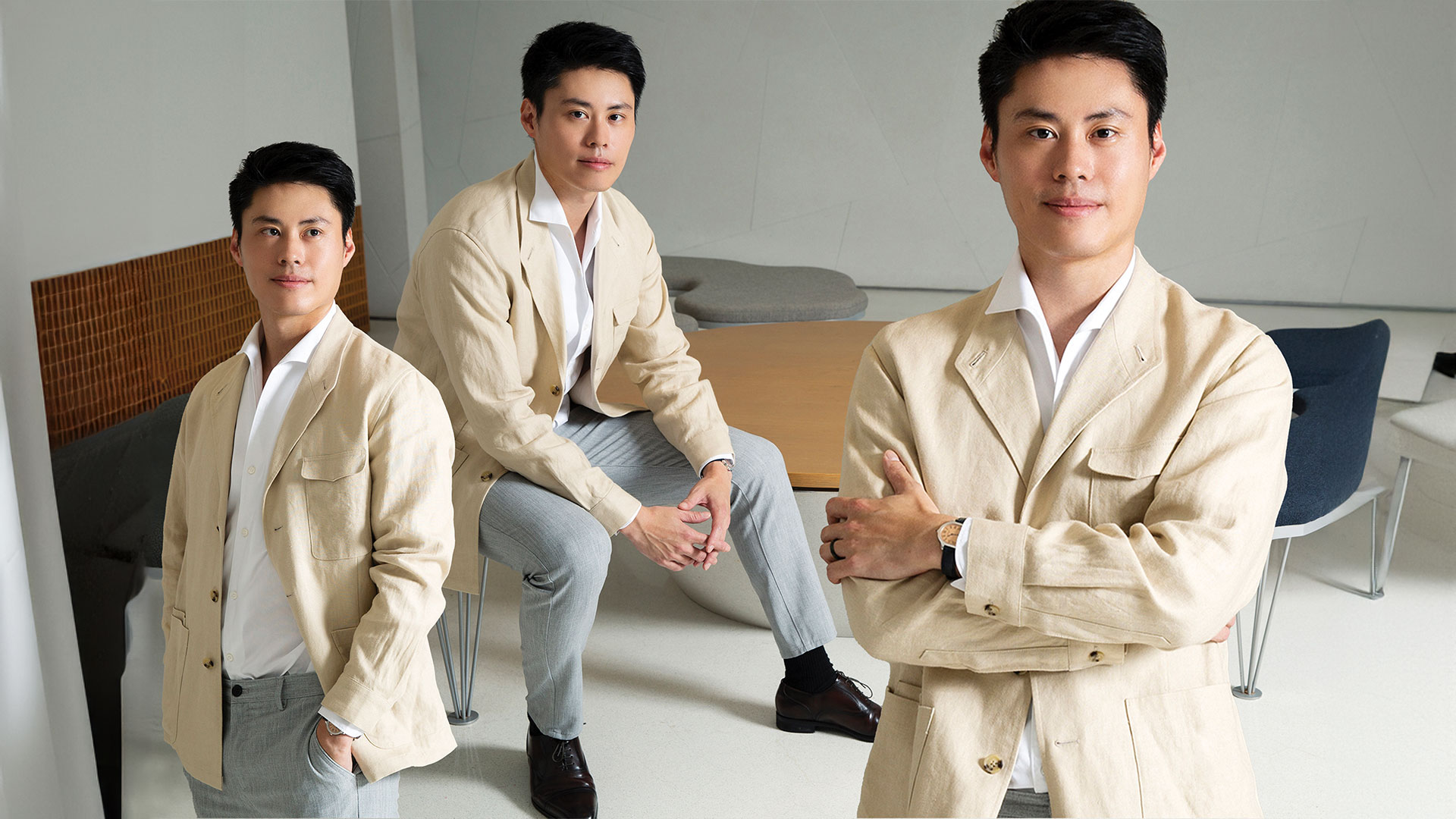Qura Bar, which opened at the Regent Hong Kong Hotel earlier this year, has the power to win anyone over, even if they are stone-cold unromantic types. First of all, it is located in one of the city’s most iconic buildings which offers framed views of dazzling Victoria Harbour; inside a sumptuous construction is packed with vintage elements, wall-to-wall murals and opulently cosy booths. It becomes packed during peak hours, given the buzz and repute it has already garnered, yet offers solitude to anyone who steps within.
Second, Chef Rajiv Chowdhoory, is simply a culinary genius. “Much like ‘The Curator’ who has inspired the creation of Qura Bar, I too am a ‘curator’ of all things culinary,” says Chowdhoory. “I create a range of elegant and flavourful dishes which pair beautifully with our curated selection of rare spirits and exquisite wines to reflect the spirit of global culinary exploration. The cuisine is ‘approachable gastronomy’ with influences from French cuisine.”
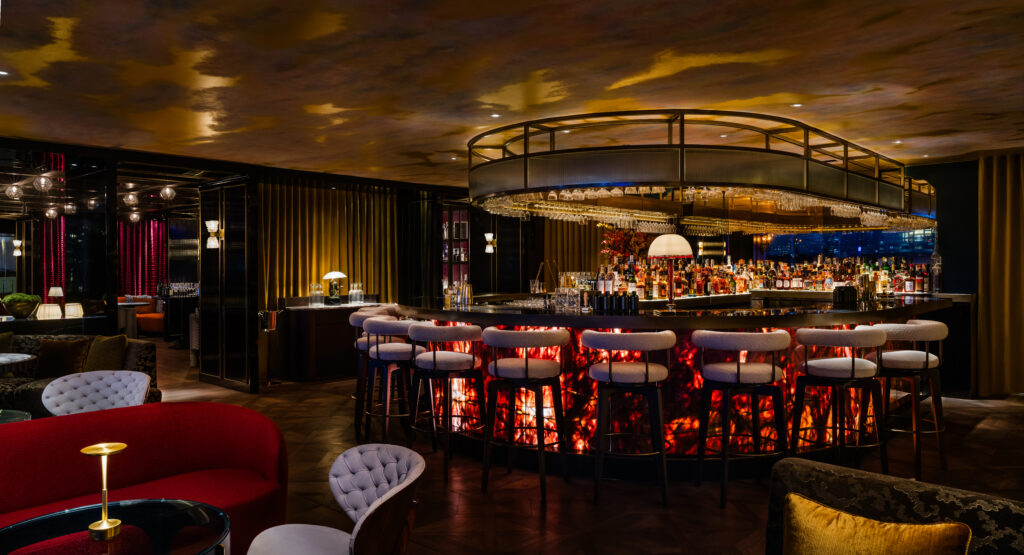
Every food lover worth their salt will have heard whispers of Qura’s outstanding French-inspired small plates, beautifully conceived cocktails and toe-tappingly vibey atmosphere. Everything is designed for sharing, a format handy for keeping the conversation flowing.
To start, Niçoise salad, pâté en croûte and baby lamb shoulder ‘Aveyron’ are placed on our table. The Bites menu features lamb kofta kebab, inspired by the freshest seasonal ingredients, spices and flavours from around the world. In addition, elevated comfort food like lobster linguini and black truffle porcini risotto, along with reinvented classics such as beef tartar, are sure to both impress and indulge any cravings.
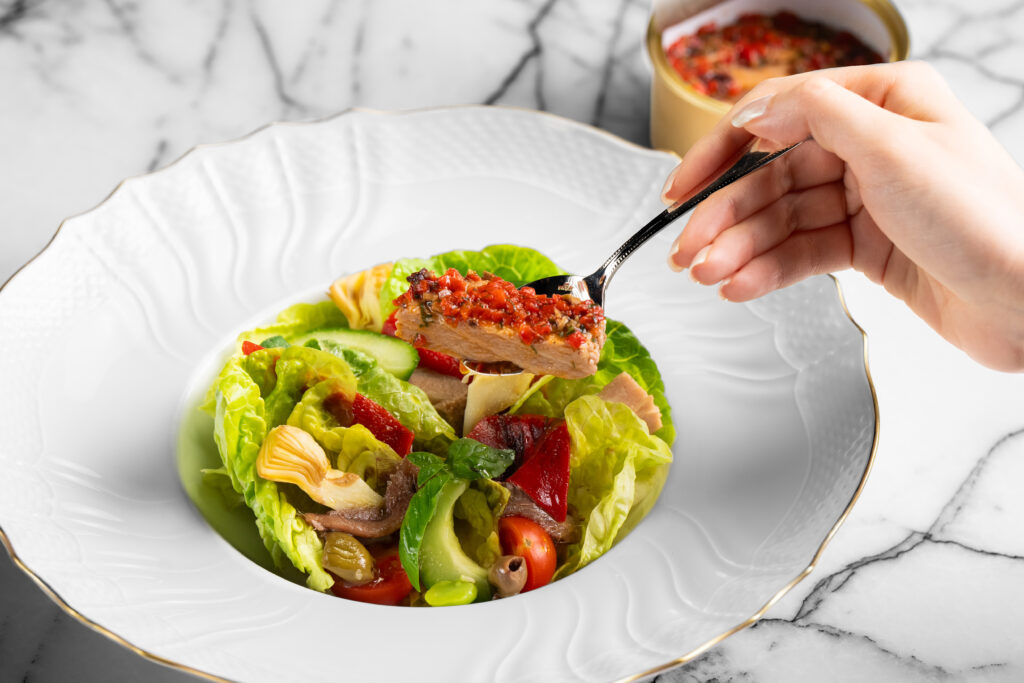
The ‘Catch of the Day’ – think sole meunière or seared sea bass Grenobloise – is sourced from various international waters. Pan-seared foie gras and marinated bell peppers, as well as varieties of oysters and caviar, are all designed to pair beautifully with precious pours from the beverage menu.
Browsing the vast list reveals an impressive selection of Rare & Vintage Spirits that have been carefully chosen from around the world. Uniting Nations #3 The Essence of Karuizawa, a unique 40-year-old fusion of Japanese and Scottish whisky traditions, and the historic Ferrand Distilled Before 1914, providing a taste of pre-First World War Cognac craft, are noteworthy highlights. In addition to these gems, The Character of Islay Whisky Company’s Fiona Macleod 33-year-old is a masterpiece, a monument to the mystery of the Scottish island with its deep, peat-smoked flavour.
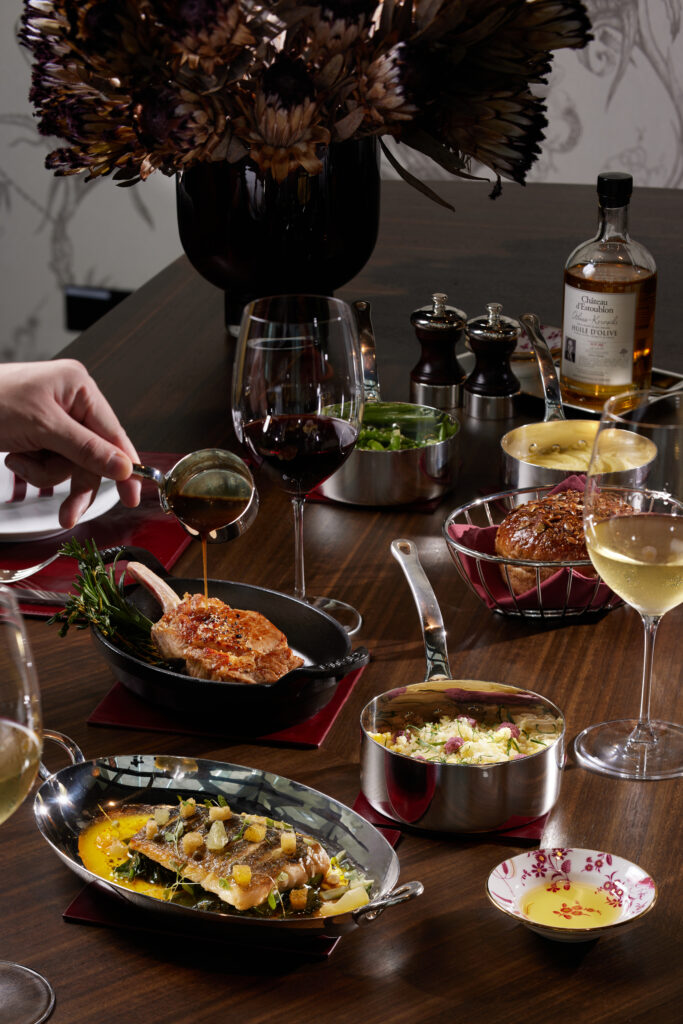
Jose Arechabala Ron Blanco Arecha Extra white rum, a rare collector’s item from the 1960s, embodies the golden era of Cuban rum-making. Rum from Barbados has a long history, which is encapsulated in the 16-year-old single-blended Foursquare Shibboleth. Finally, Collector Gin #001, a collaboration with Hong Kong’s N.I.P Gin, is a testament to global exploration. These rare spirits are not just beverages but stories captured in bottles, brought from the farthest corners of the world to the heart of Hong Kong.
“Everything has to come with a little bit of soul, a little bit of history, and it truly is what we want to share – not just the quality of the product, but the story that comes with it,” says Xavier Schaeffer, Qura’s Director of Operations.
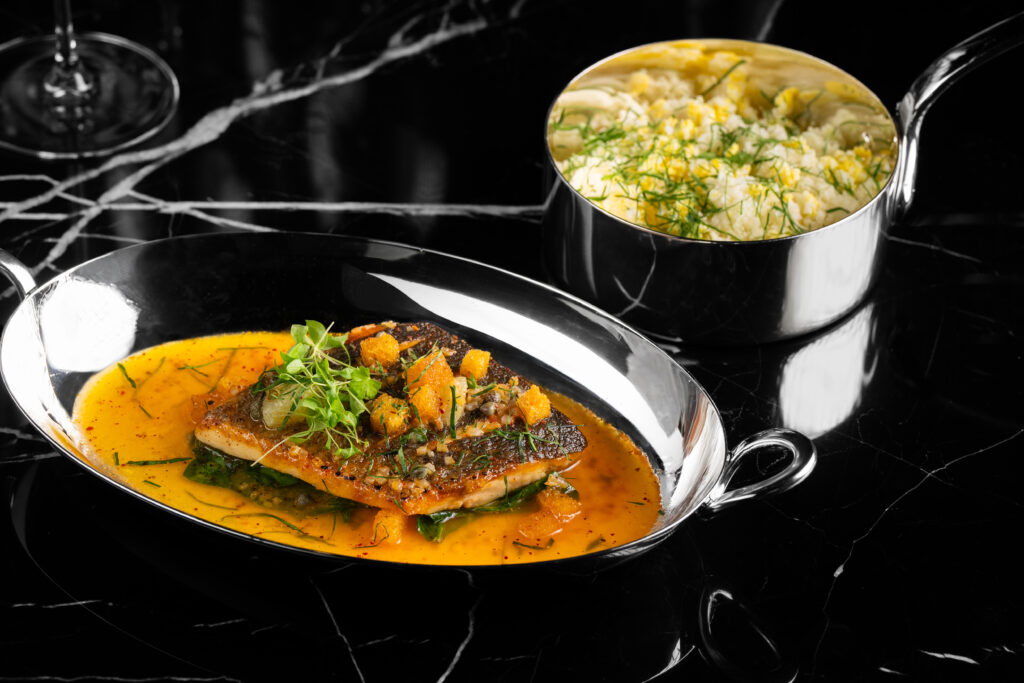
Bar Manager Gennaro Pucci creates a cocktail experience that reflects the search for rare and vintage spirits. He says: “All drinks, whether traditional or inventive, narrate a tale of world exploration.”
Once recovered from an alcoholic kick, take in Qura’s sensual dark yet playful Art-Deco surroundings, designed by Bar Studio. Each area of the interlinked drawing room, bar, dining lounge and cigar room is adorned with bursts of colour, texture and intriguing objets d’art – from a whimsical emerald-green parrot lamp to quirky table lamps with monkeys holding parasols and gilded monkey pirate sconces. Large vintage photos from the days of the original Regent hotel recall the rich heritage of this exclusive venue. Qura Bar is one of the most atmospheric arrivals to have graced Hong Kong in a long time.
Photos: Qura Bar Video: Jack Fontanilla



